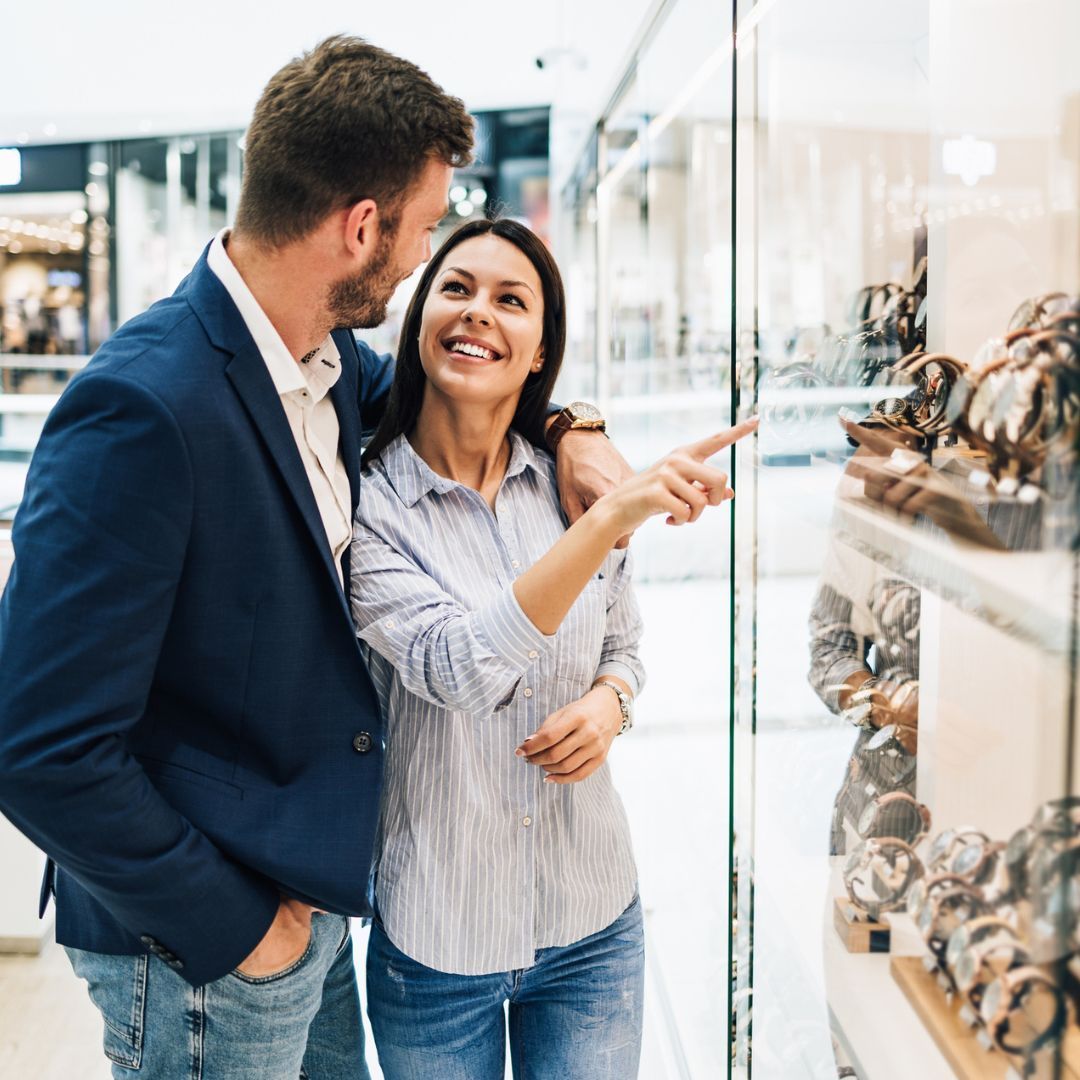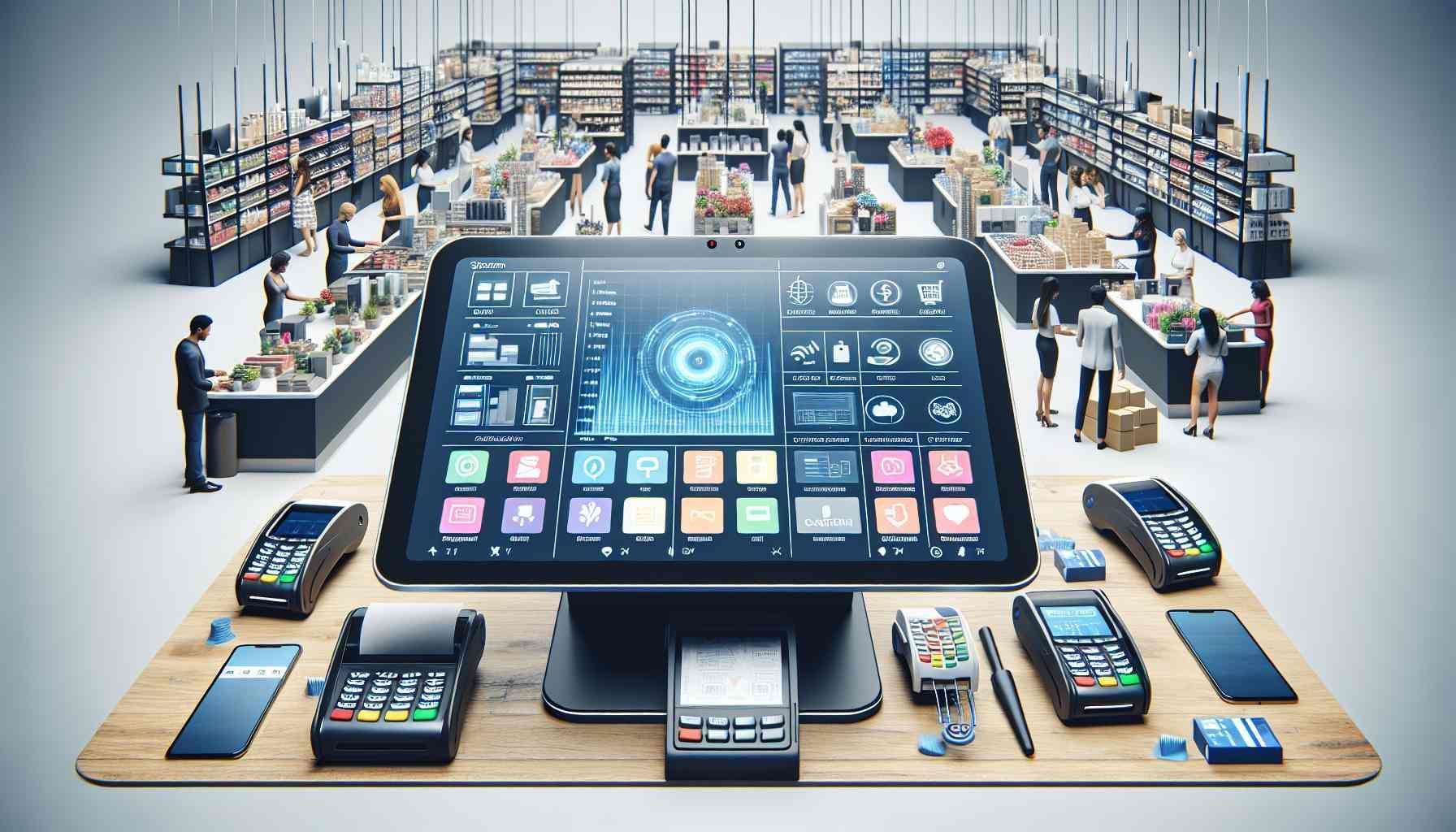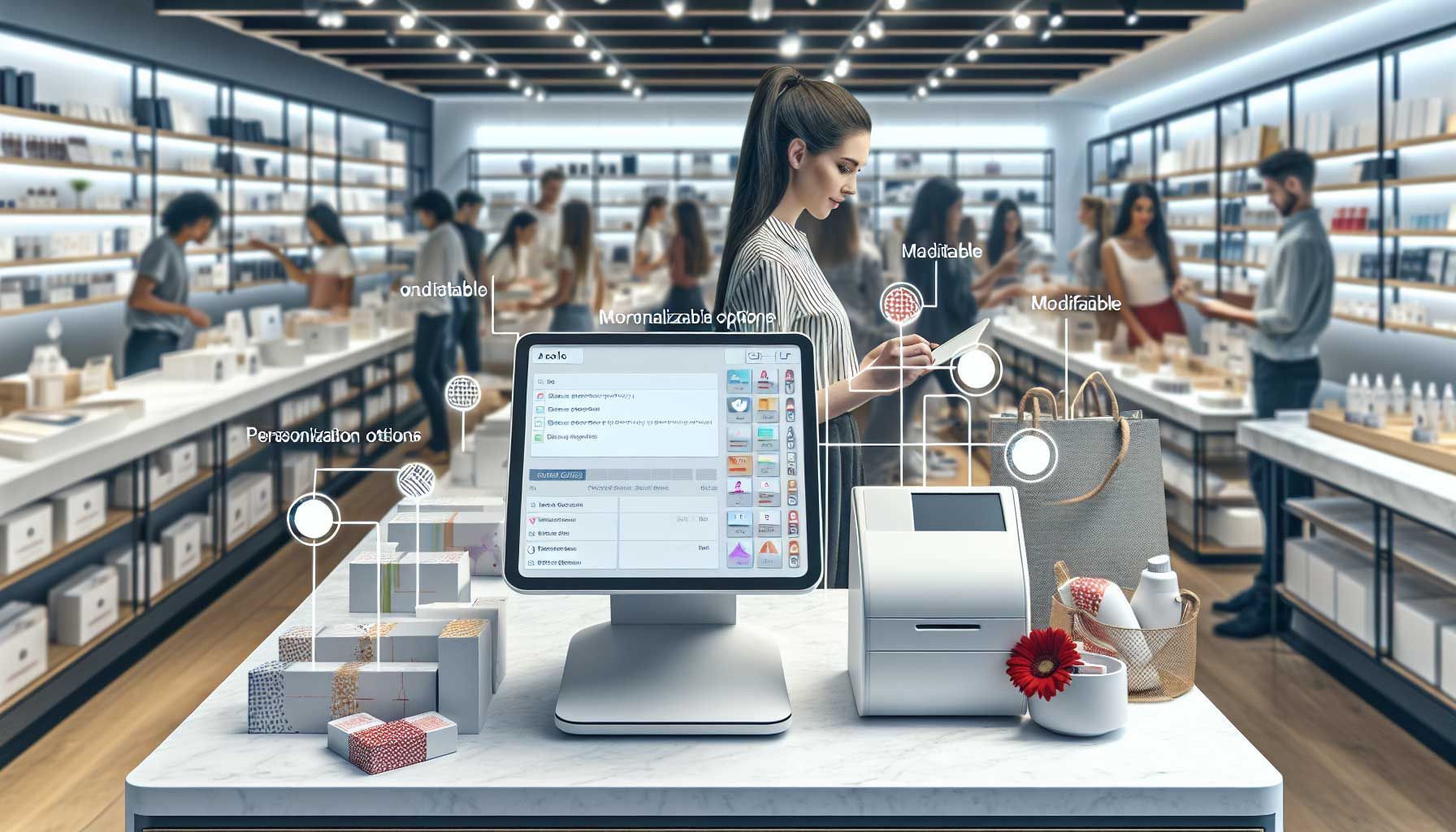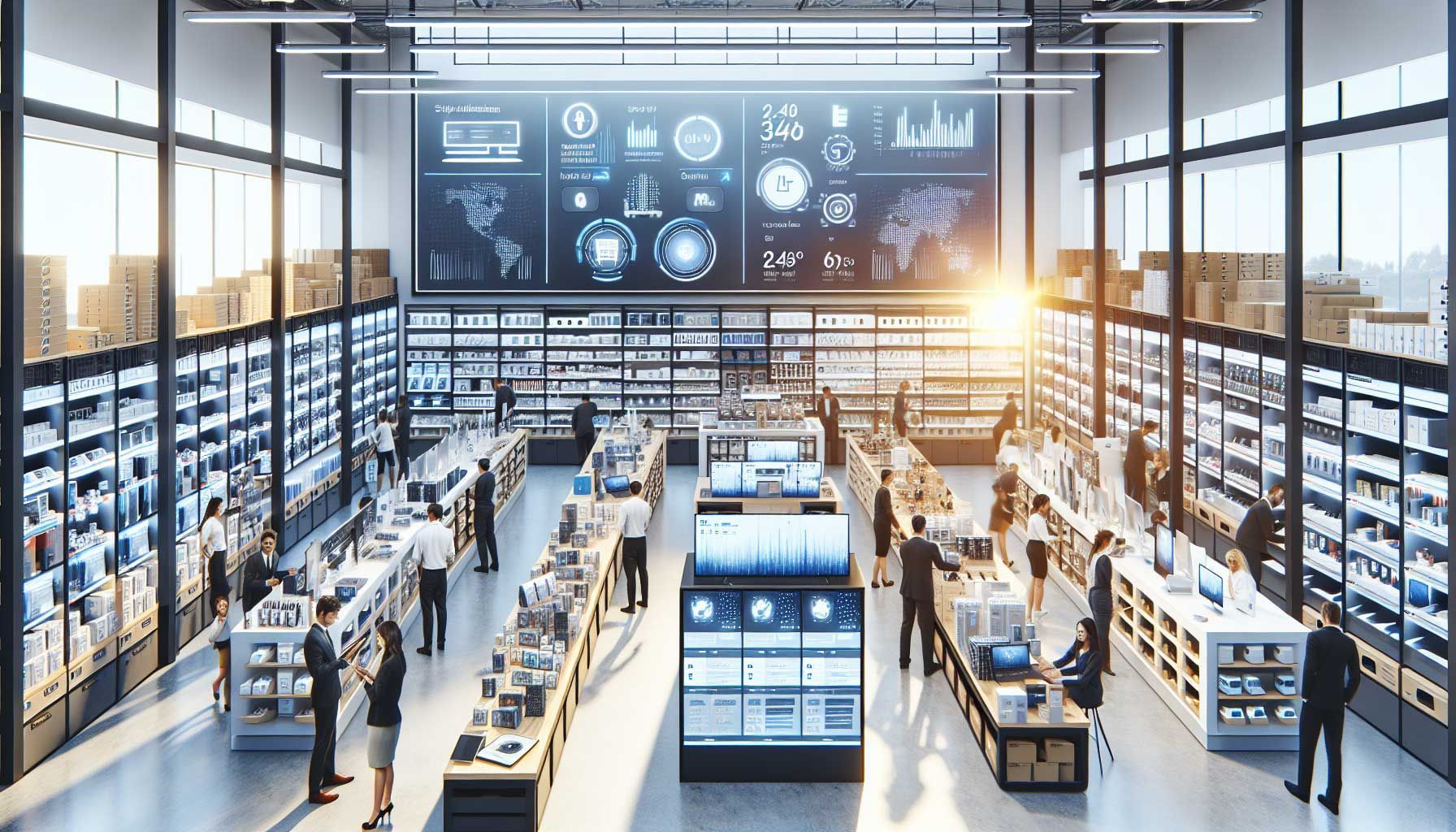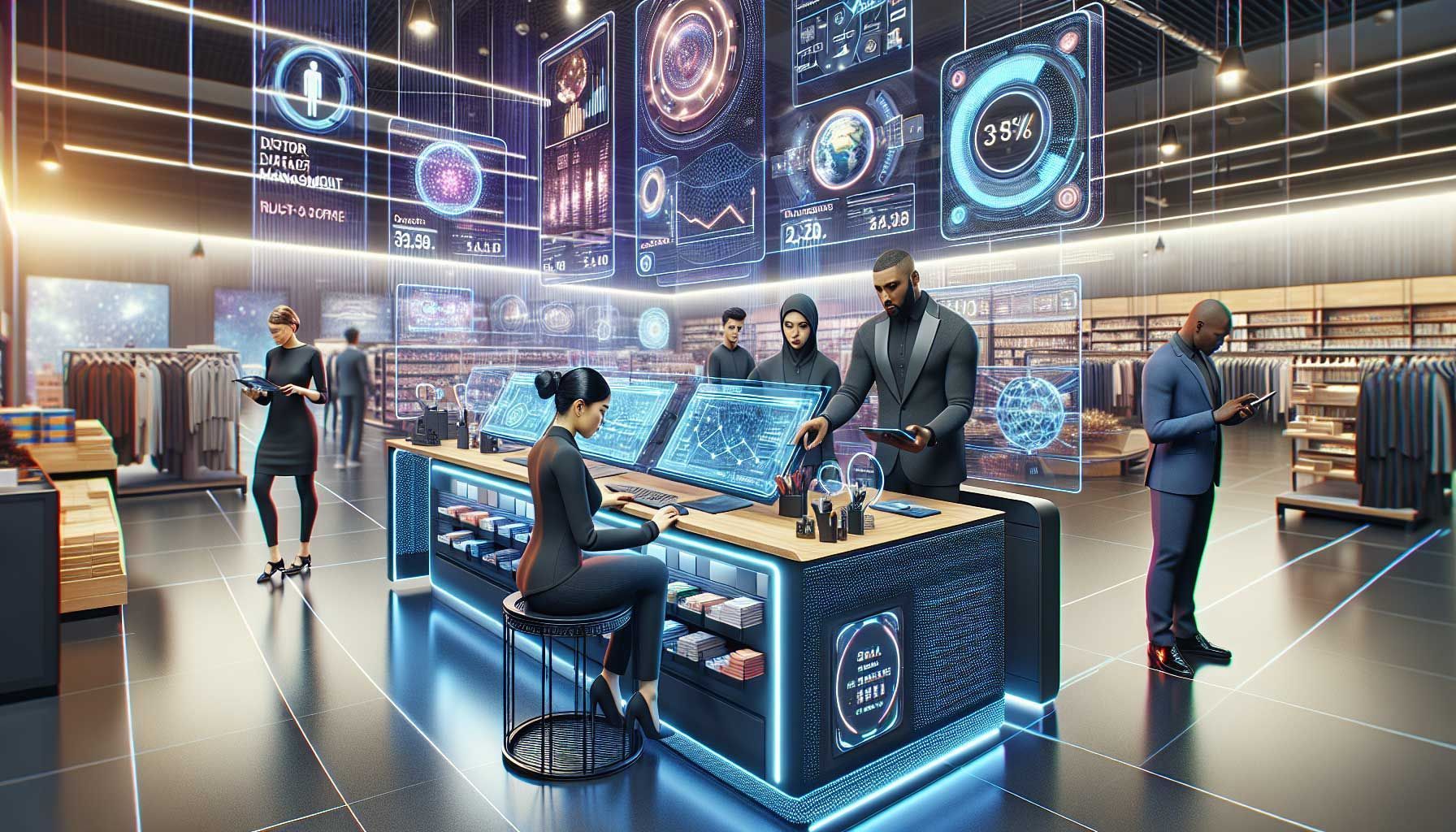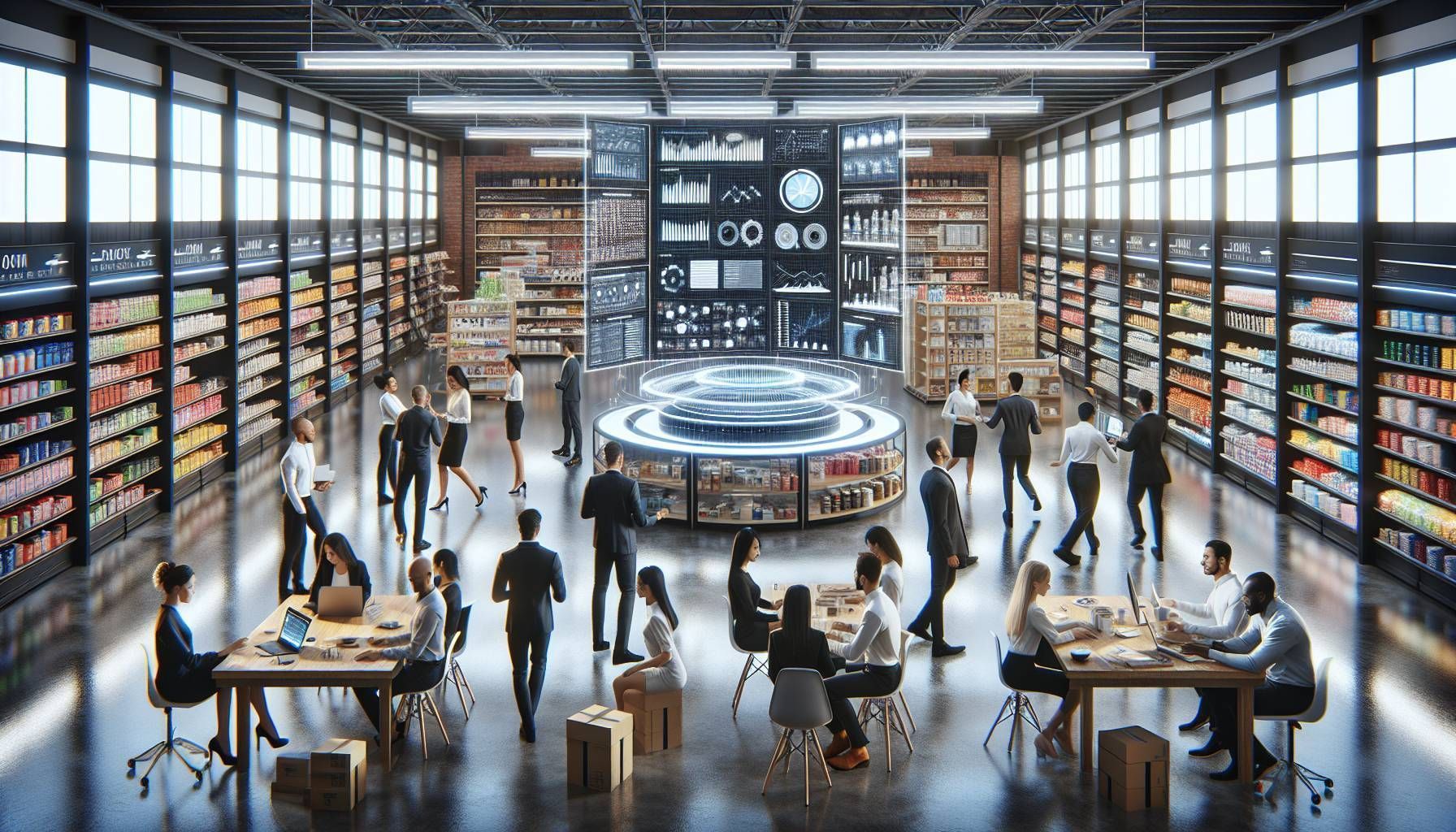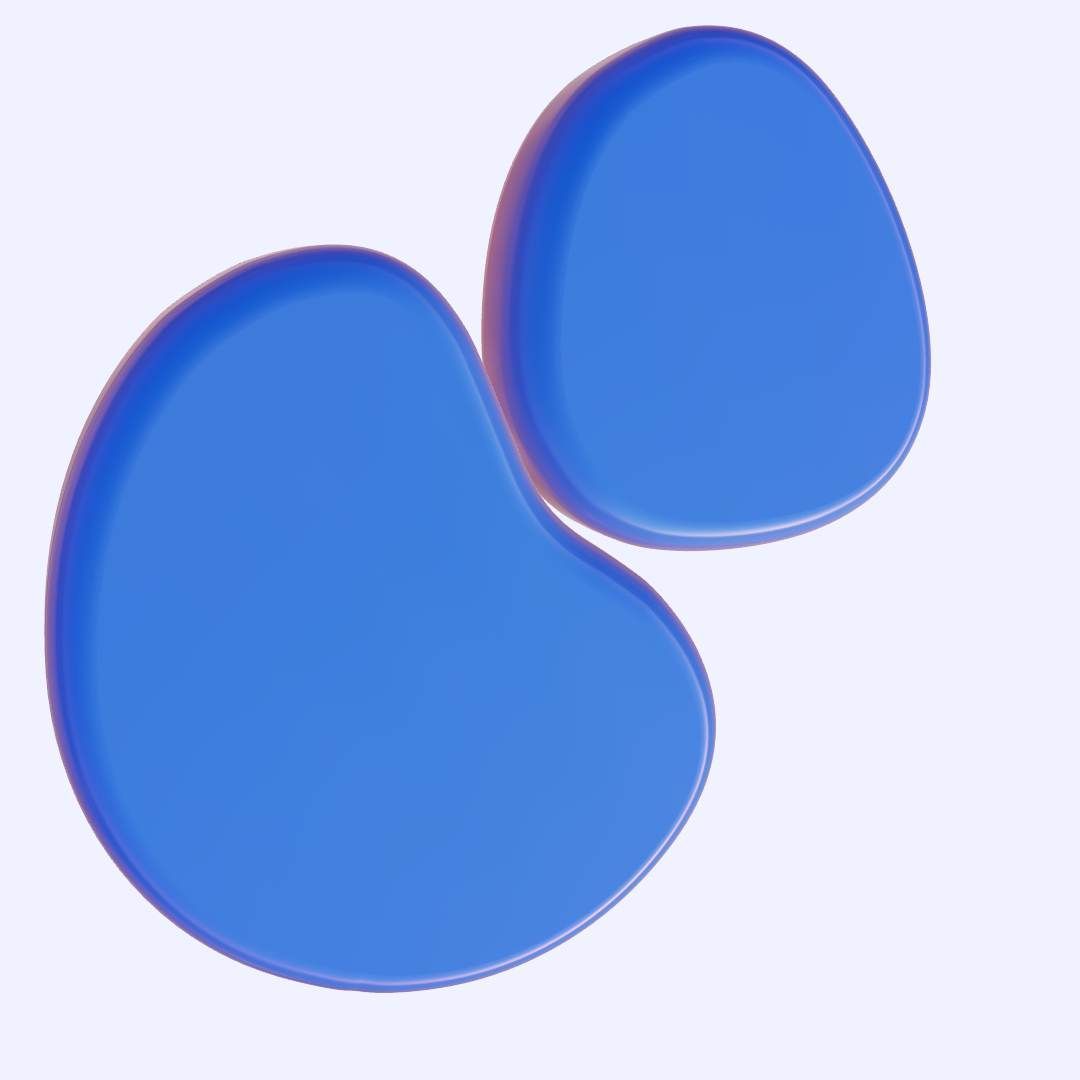How to Find Brands for Your Startup Retail Store and Why It’s So Difficult
Find the right brands for your store when you’re just starting out
- The problem
- How other retailers include brands
- The solution
- 10 criteria of choosing the right suppliers

The Problem with Finding Brands for a Startup Retail Store
High investment
No experience
No sales history
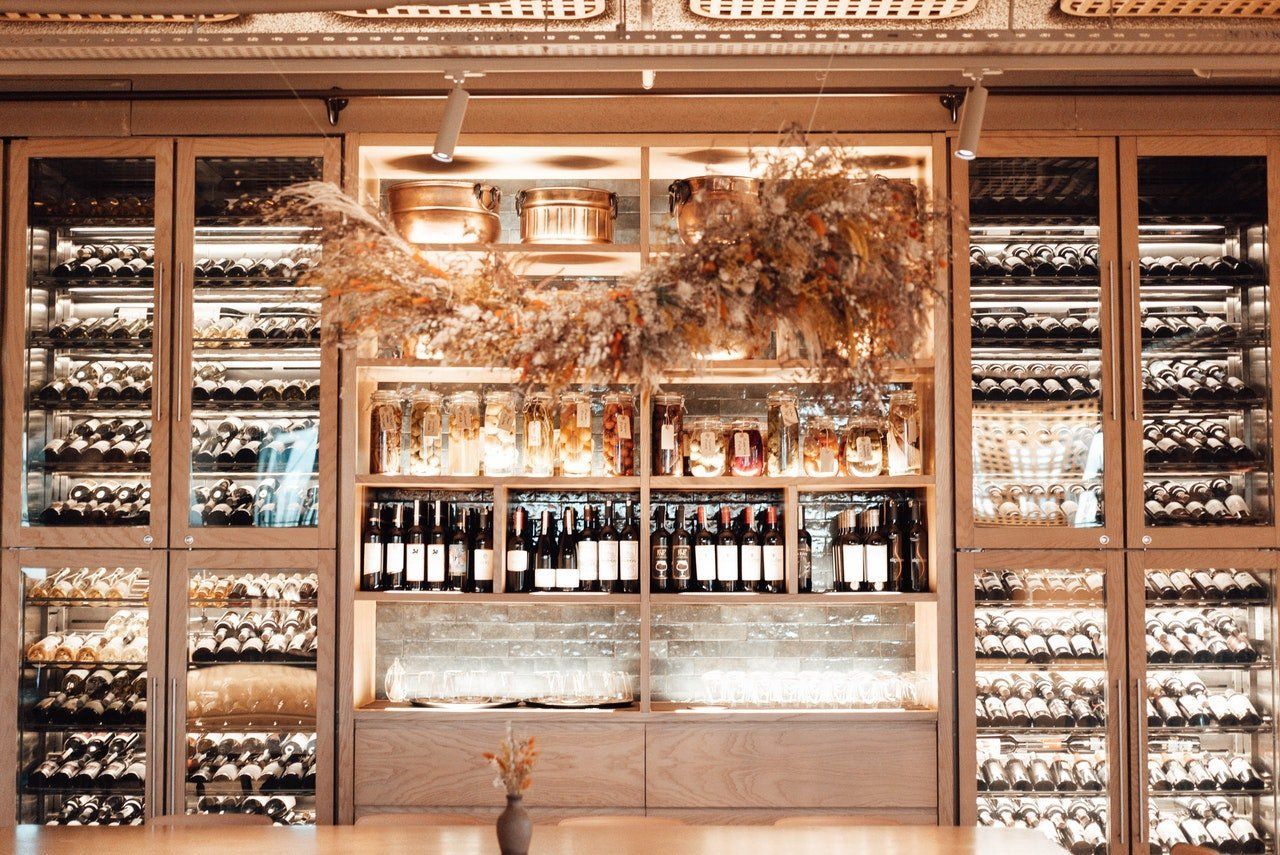
How do retail stores include their brands?
Create a good, achievable plan to find brands for retail store

The Solution to the Brand Finding Dilemma for a Startup Retail Store
- Use wholesale marketplaces
- Start networking and get word-of-mouth referrals
- Check out Instagram and Pinterest hashtags
- Read industry magazines
- Visit fairs
1. Use wholesale marketplaces
Both B2B and retail businesses use wholesale marketplaces. You can use wholesale marketplaces to find suppliers, compare prices and make purchases for your shop. These platforms are growing in popularity.
Because suppliers also get an extra (online) channel to approach and find retail stores. The system can also make recommendations which brands and products are interesting for your company. In addition, they often offer an interesting payment term.
A few examples of B2B marketplaces
- Faire
- Ankorstore
- Helloabound
- Orderchamp
- Bulletin
- Tundra
- Indieme
2. The power of networking for finding brands
3. Find brands for retail stores on Social Media
4. Industry magazines and news websites
5. Get inspired at a trade show
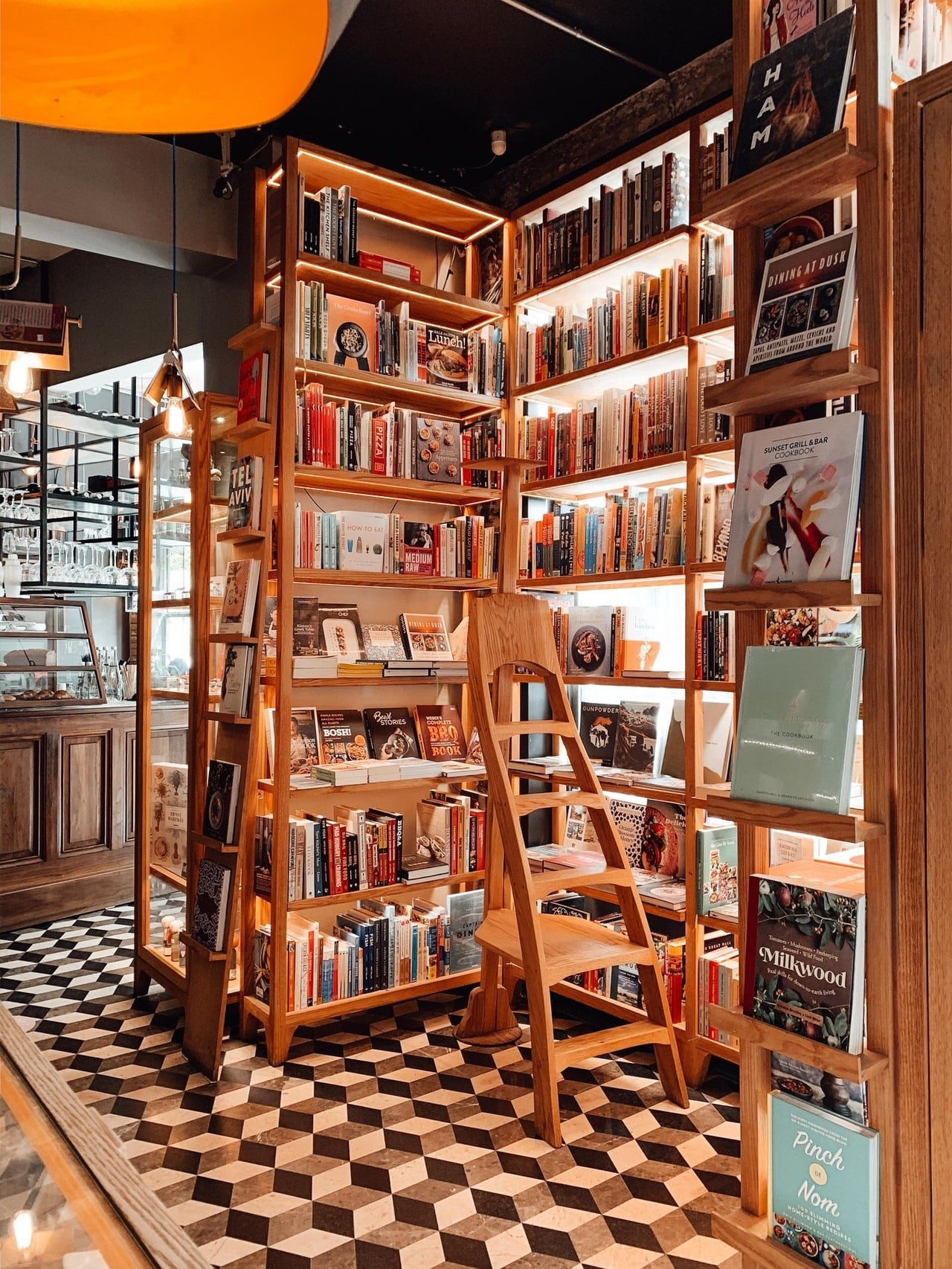
10 Criteria to choose brands for your retail store
- Products that are the right fit for your target group
- Low initial investment
- Term of payment
- Promotion of your store
- Low competition locally
- POS material included
- Interesting profit margin
- Brand experiences
- Warranty and service
- Delivery times
1. Products that are the right fit for your target group
2. Low initial investment
3. Term of payment is important when starting out
4. Promotion of your store by a brand
5. Low competition locally
6. Free POS material included
7. Interesting profit margin
8. Importance of brand experiences
9. Warranty and service
10. Delivery times

We look forward to share the best strategies with you.
Thank you!

Bring your shop to the next level
Hi, I'm George and I like retail and technology. Therefore, my passion here at Retailgear.com is to provide you with reliable information to automate and digitize your store. You can find out what we can do for your industry through our menu. Also, feel free to check out this updated list of retail tools.
Get inspiration in your inbox to get more sales and store visitors with less effort.

